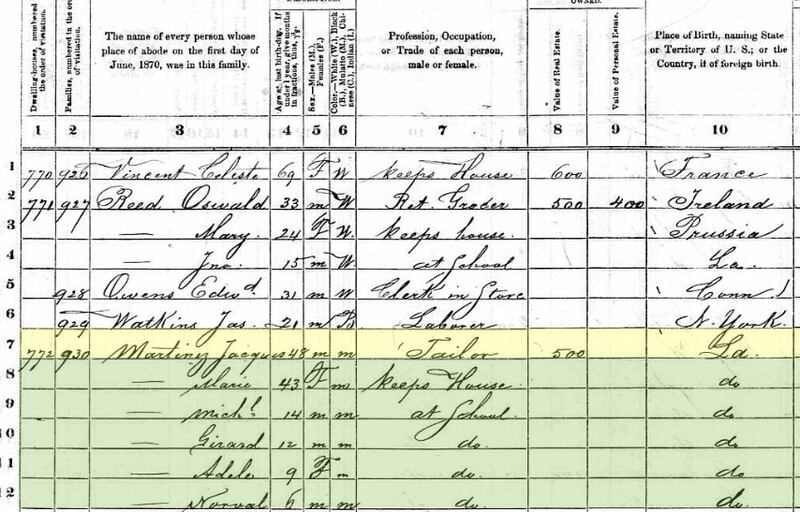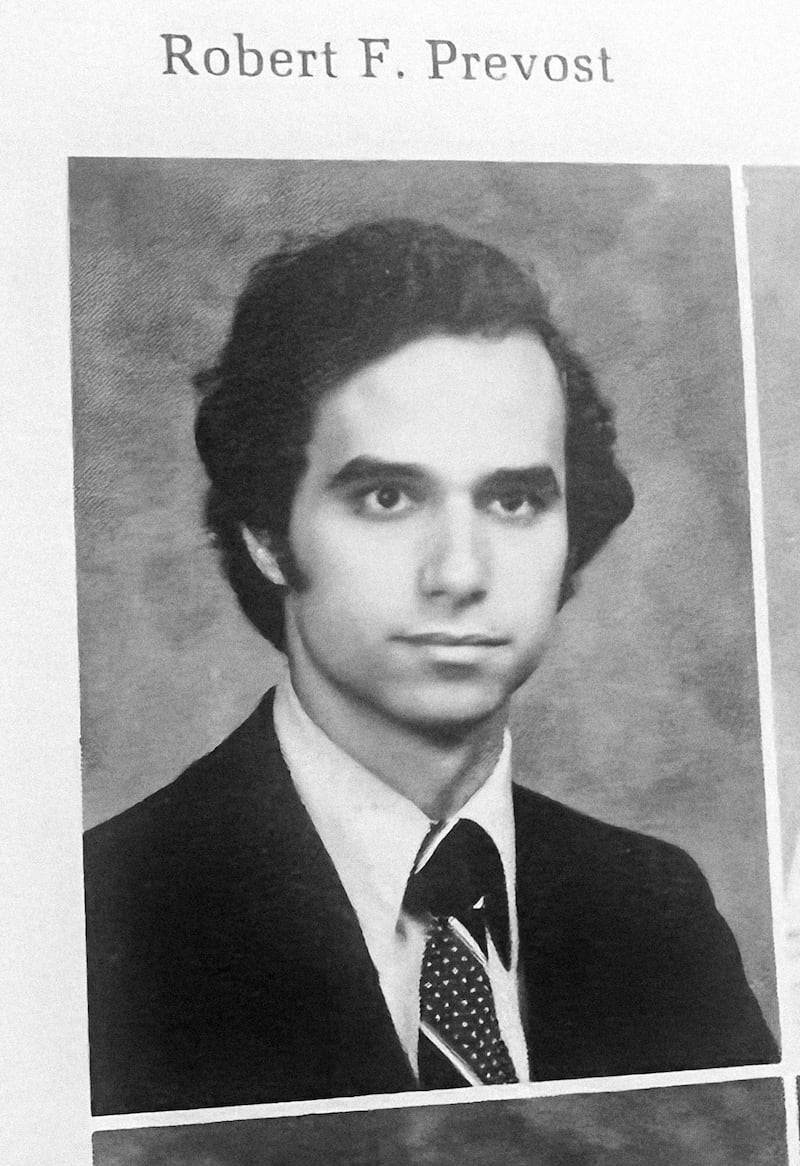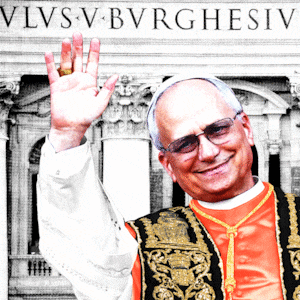A prominent Catholic newspaper is among those suggesting Pope Leo XIV may be the first Black pontiff in the Catholic Church’s history.
The National Catholic Reporter, citing cenus records over a century old, wrote that Leo’s maternal grandparents were identified as “mulatto.” A review by the Daily Beast confirmed these findings, dating as far back as the 1870 census.

“Mulatto” refers to an individual of mixed African and European ancestry.
ADVERTISEMENT
“As such, Leo XIV could be considered the first Black pope in the history of the Catholic Church,” the Reporter wrote.

Leo, 69, was born in 1955 and raised on the south side of Chicago, which already made him a trailblazer as the first American pope.
He has not publicly addressed his racial identity, muddying the waters on whether he considers himself mixed-race or not. Adding to the ambiguity, census records reviewed by the Daily Beast showed his parents were identified as white as far back as 1920. The pope’s brother, John, suggested to The New York Times that his siblings do not identify as people of color.

Leo’s maternal grandparents, Joseph Martinez and Louise Baquié, were residents of the Seventh Ward in New Orleans before they moved to Chicago in the early 19th century, the Times reported. The neighborhood is predominantly Catholic and was a melting pot of people with African, Caribbean, and European roots.
The Reporter said Martinez was born in Haiti, and that Baquié, a Creole, was a native of New Orleans.

The Vatican released an official bio for Leo but omitted intricate details about his extended family tree. He is the son of “Louis Marius Prevost, of French and Italian descent, and Mildred Martínez, of Spanish descent,” the Vatican said. He has two older brothers, Louis, the eldest, and John, the middle child.
Jari C. Honora, a New Orleans genealogist, first flagged Leo’s ties to the city and his “mulatto” grandparents. Leo’s brother, John, confirmed to the Times that the records viewed by Honora pertained to his grandparents.
Honora works at the Historic New Orleans Collection. He said he discovered that Leo’s grandfather was listed as “Black” in the 1900 census, which also said he worked as a “cigar maker.”
Honora said this shored up his belief that the pope’s grandparents were people of color.
“No doubt about it,” he told the Times.
What this means for Leo and his racial identity is less clear. John told the Times that he and his brothers never discussed their apparent Creole roots and that his paternal grandparents had come to Chicago from France.
There were three popes from Roman North Africa between the 2nd and 5th centuries, but there has been no confirmation that any of the three were Black. St. Augustine of Hippo—named a “doctor of the Church” for his contributions to theology—also hailed from North Africa, living in modern-day Algeria in the 4th and 5th centuries. Some scholars have speculated that he may also have been Black.

Scholars have expressed that racial identity encompasses more than ancestry and accounts for personal experience and cultural affiliation. Still, Honora is chalking up his discovery to being a reminder that we’re not all that different after all.
“This discovery is just an additional reminder of how interwoven we are as Americans,” Honora told the Times of the pope’s “mulatto” grandparents. “I hope that it will highlight the long history of Black Catholics, both free and enslaved, in this country, which includes the Holy Father’s family.”
He added in a post to Facebook, “I‘m sure the Pope’s Creole ancestors are gathered together smiling and saying, ‘Mais, cher, dat boy done good, yeah!’”





